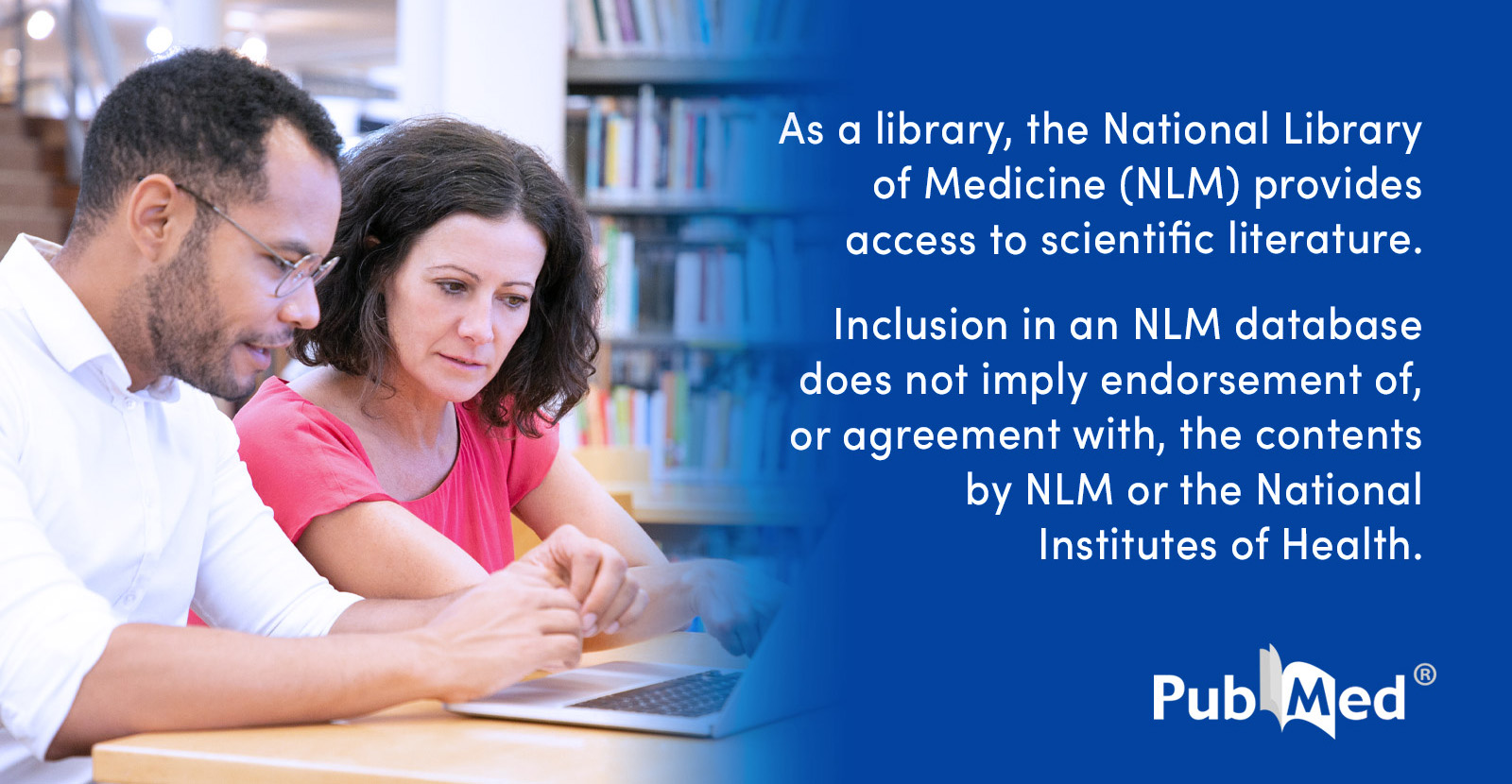Returning to Sports: Why a Physical Therapist Is Your Best First Stop
- Jessie Truitt
- Aug 14
- 4 min read

Whether you’re a parent of a student-athlete navigating a sprain, or an adult who’s gotten less active and wants to jump back in, a physical therapist (PT) is the smartest first step. PTs blend medical know-how with sport-specific coaching to restore strength, build confidence, and reduce the risk of re-injury so you (or your kid) can get back to what you love—safely and sooner.
Returning To Sport Isn’t Just For Kids
“Return to sport” often brings to mind high school teams and weekend tournaments. But it also applies if you’ve been less active due to work, parenting, injury, illness, or just life—and now you’re ready to move again. A PT will:
Assess your current strength, mobility, balance, and conditioning
Identify weak links (e.g., ankle stiffness from an old sprain, hip weakness that stresses the knee)
Create a progressive plan that meets you where you are now and takes you to where you want to go—from rec-league pickleball to a 5K or back to competitive play
For Adults Coming Back After Time Off
Starting again at 30, 40, 50, or beyond? Great. Your body adapts at any age with the right progression.
Screen & baseline: Mobility, strength, and aerobic tests set your starting point.
Fix the bottlenecks: Old injuries (ankle, knee, back, shoulder) often limit mechanics; targeted PT restores the missing pieces.
Build capacity: Progressive loading (strength + plyometrics when appropriate) prepares tissues for real-world sport demands.
Confidence matters: PTs use graded exposure to rebuild trust in your body so you stop guarding and start moving.
For Parents: What to Know About Youth Sports Injuries
If your child has a sprain, strain, or overuse pain, a PT helps you avoid the two most common pitfalls:
Rushing back too soon. Pain may fade before strength, balance, and neuromuscular control are back. Returning early can set the stage for a bigger injury. Criteria-based clearance helps prevent that. PubMed
Under-rehabbing ankle sprains. The #1 youth sports injury often gets “rested” but not retrained. Exercise-based rehab reduces recurrent sprains versus usual care—important for kids in cutting/jumping sports. PMCNCBI
What your PT will check for kids and teens
Single-leg balance and landing mechanics
Hop tests and change-of-direction control
Sport-specific demands (e.g., pitching volume, dance turnout, soccer cutting)
Growth-related risks (apophysitis, Osgood-Schlatter, Sever’s)
Parent-friendly tip: Ask for a written return-to-play plan with milestones you can follow at home.
Why Start With a Physical Therapist?
1) Medical + performance expertise
PTs are licensed medical professionals trained to evaluate joints, muscles, nerves, and movement patterns. They don’t just treat pain; they coach performance with sport-specific drills, jump/land mechanics, cutting and pivoting progressions, running form, and strength programs tailored to your goals.
2) Objective clearance, not guesswork
A good return-to-sport plan uses measurable milestones—strength symmetry, hop testing, balance, change-of-direction speed—so you return when your body is ready, not just when it “feels okay.” That objectivity is key for both youth athletes and adults resuming activity after time off.
3) Re-injury risk goes down when you follow criteria
Research shows that meeting specific physical criteria and following a structured timeline dramatically lowers re-injury rates after knee ligament surgery—common in youth and adult field/court sports. In one cohort, athletes who delayed return until at least 9 months and met strength/functional benchmarks had substantially fewer re-injuries than those who returned sooner or failed criteria. PubMed
4) Supervised, targeted “return-to-sport” training works
Adding focused return-to-sport sessions (think landing mechanics, cutting drills, agility, and strength tuned to your deficits) improves 2-year functional outcomes in competitive athletes compared with usual care alone. That’s practical proof that PT-led RTS training isn’t just rehab—it’s performance coaching with measurable payoff. PubMed
What an evidence-based return-to-sport plan looks like
Calm it down: Manage pain, swelling, and mobility early.
Build it up: Strength symmetry, balance, and movement control.
Make it specific: Drills for landing, deceleration, cutting, acceleration, and change of direction.
Test it: Objective hop tests, strength dynamometry, reactive agility tasks.
Practice it: Non-contact practice → limited contact → full contact/competition.
Maintain it: Ongoing strength and neuromuscular work to keep you on the field.
Two scholarly sources you can share with your coach or physician
Ready to return—safely?
If you (or your athlete) want a clear, step-by-step path back to sport or activity, schedule a Return-to-Sport Evaluation with one of our talented physical therapists. You’ll leave with:
A personalized plan for your goals
Objective milestones for safe clearance
Sport-specific drills designed for you
A strategy to reduce re-injury risk and boost performance
References
Grindem H, et al. Simple decision rules can reduce reinjury risk by 84% after ACL reconstruction. Br J Sports Med. 2016. PubMed
Capin JJ, et al. Superior 2-Year Functional Outcomes… 10 Return-to-Sport Training Sessions (ACL-SPORTS). Orthop J Sports Med. 2019. PubMed
(Supportive) van Reijen M, et al. Exercise-based rehabilitation reduces reinjury following acute lateral ankle sprain. 2022. PMC
(Supportive) CADTH Review: Exercise for the Treatment of Ankle Sprain. 2020. NCBI




